Blog & News
Greening
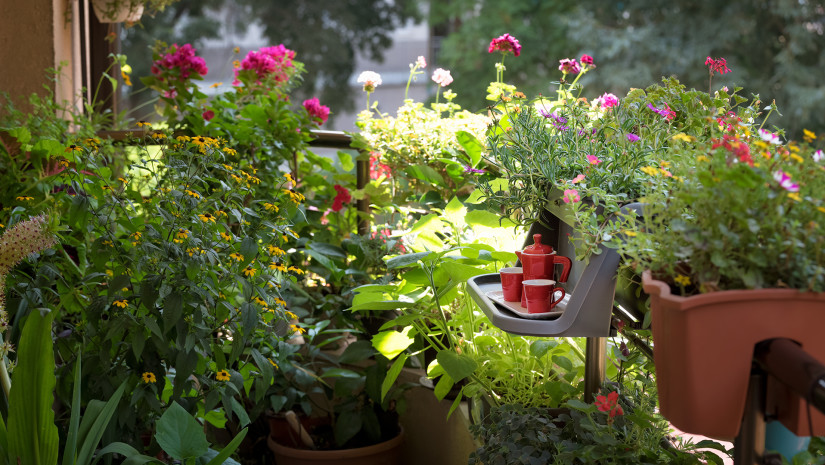
If, like me, you dream of having a garden, but your city apartment can only offer you a beautiful balcony in the sun, don’t give up on your dream! It’s always possible to take advantage of a small space and have a little vegetable garden in your apartment. Pots, “smart-pots” and vertical gardens can be a great solution to a lack of space and there are plenty of tricks for working miracles in a small space.
Even if a balcony won’t allow you to enjoy large harvests like in the garden, you can still make the most of it! That’s particularly thanks to the companion planting technique; superstar of the following article and something I hope you check out!
What is companion planting?
Companion planting consists of planting several species or varieties in the same space to increase the efficiency of the garden in an eco-friendly way. How it works is each plant comes to support its neighbours by offering them the benefit of its properties!
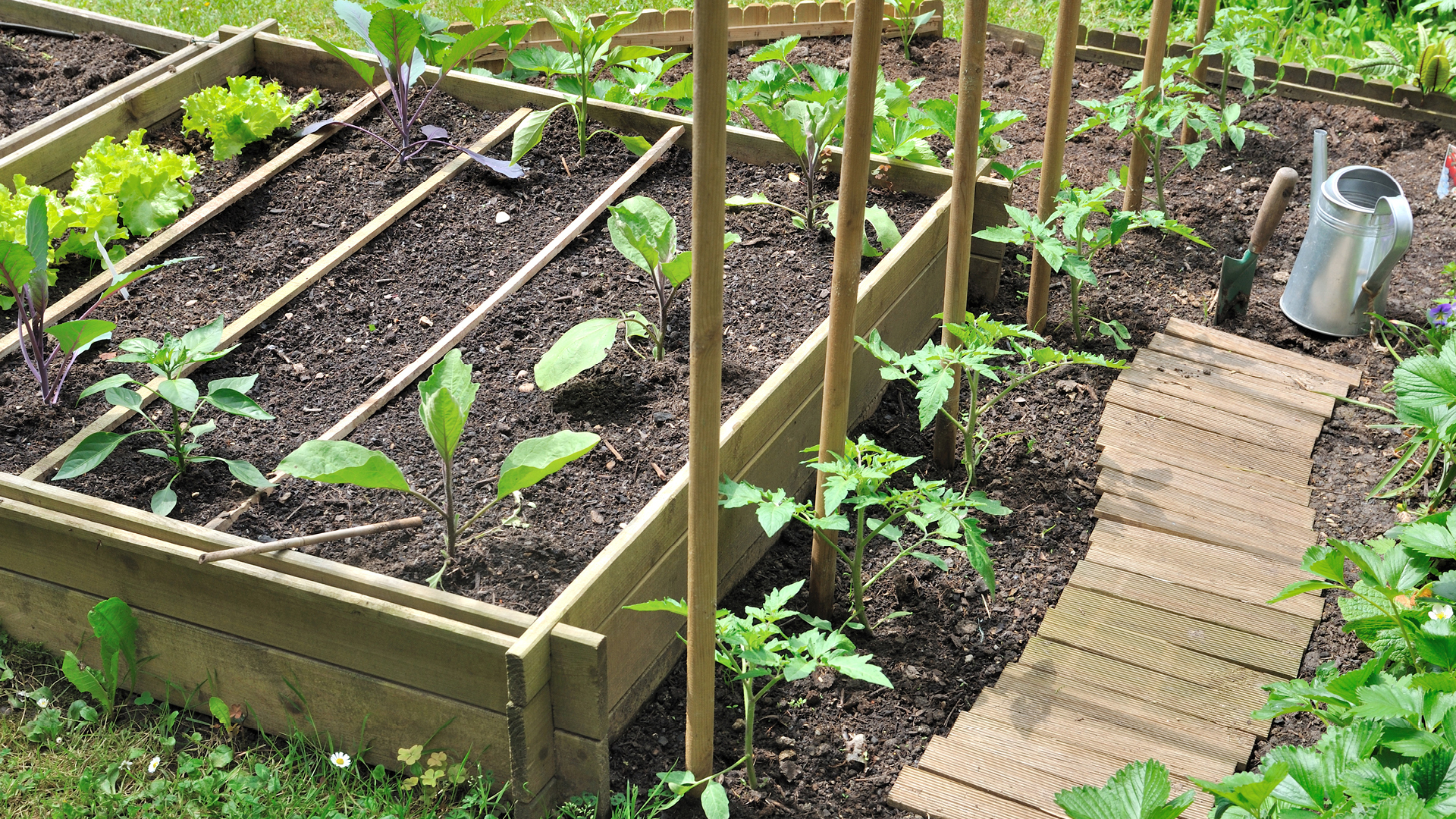
Some plants attract pollinating insects, others keep the soil moist or reduce the presence of weeds. Another frequently mentioned but seldom studied advantage is the protection against insect pests! For example, fresh herbs, such as fennel, dill, and tansy attract ladybugs, very useful little friends in the garden for controlling pests such as aphids.
Companion planting was common practice among First Nations from Quebec to Central America who planted corn, squash and climbing beans together in the so-called “Three Sisters Association,” or milpa. The corn provides a structure for the beans to climb up, without the need for stakes, and in return the beans enrich the soil with nitrogen, an essential nutrient for the other plants. The squash lies on the ground, hogging the sunlight with its large leaves and acts as a mulch, protecting the soil and creating a microclimate that retains moisture. Everyone plays their part in this small, hyper-diverse vegetable ecosystem.
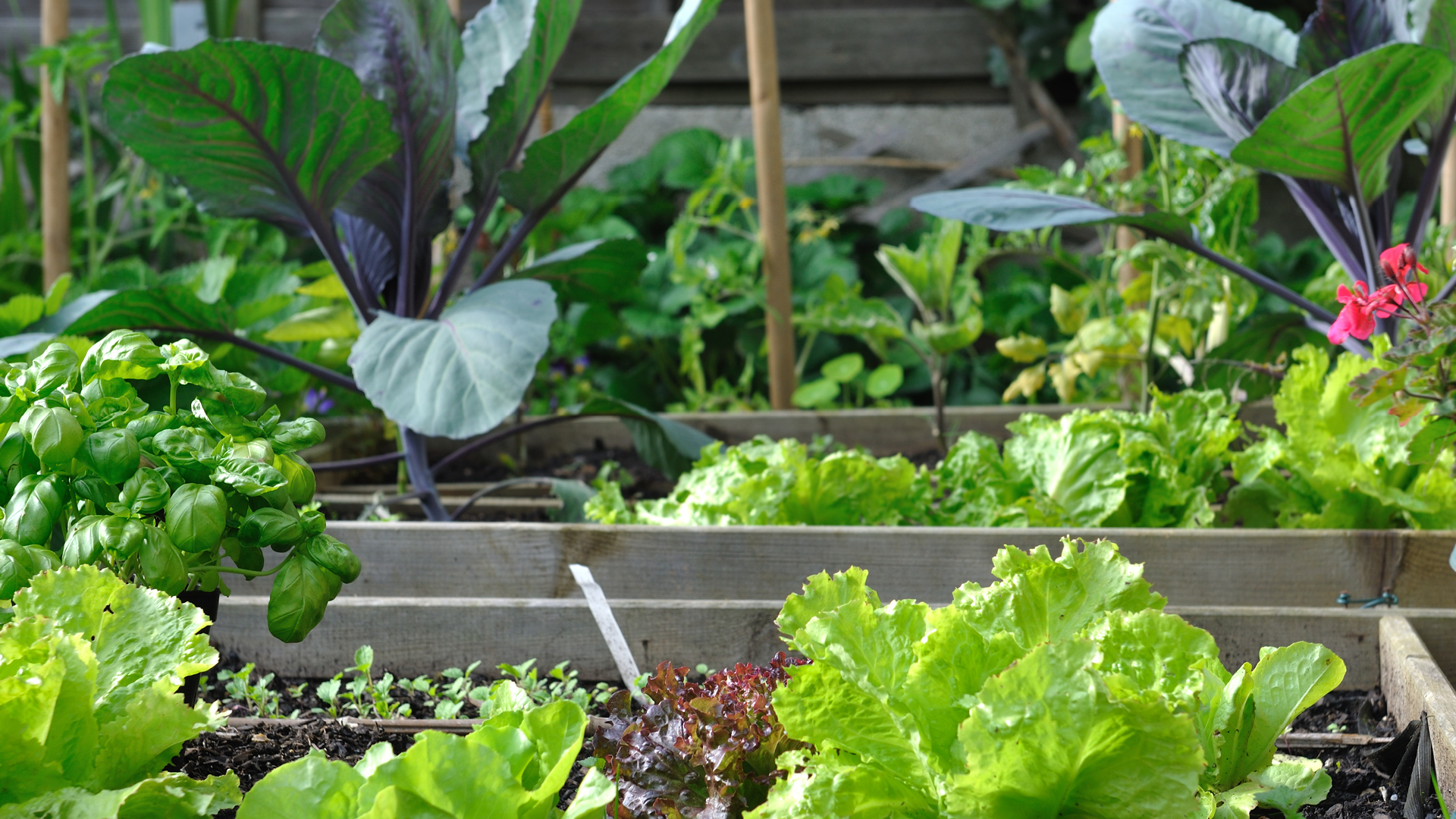
Companion planting in the urban garden
If you want to get into companion planting, there are several types of associations to experiment with! You can start by associating plants according to their size so that some benefit from the shade provided by others. You can plant species that grow tall (tomatoes, beans, peas or cucumbers) with smaller vegetables (lettuce, cabbage, radishes, onion, chard, garlic and carrot). Depending on the space you have, you can form small pairs (lettuce and tomato) or more diverse companions with the larger species in the centre and varieties scattered around according to their taste for sun, with the shadiest area at the base of the central plant.
You can also combine plants based on their roots by putting in short-rooted (celery, lettuce, radishes, onions), medium-rooted (tomato, cucumber, zucchini, bean) and long-rooted (squash and watermelon) varieties. By combining root types, you decrease competition for nutrients and each plant can thrive without crowding out its companions.
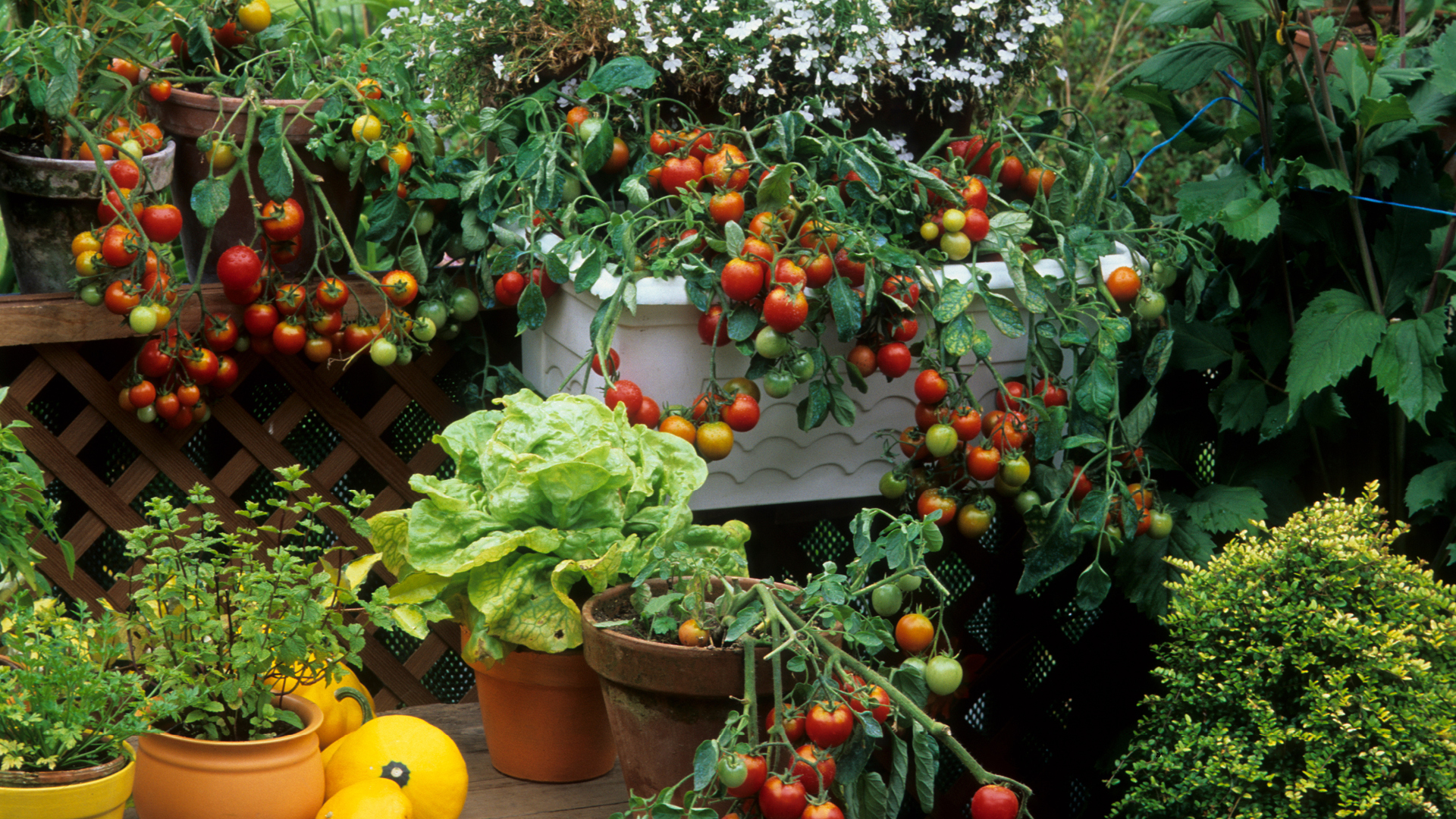
If you don’t have enough room to combine vegetables, you can always add herbs and flowers, which attract pollinators, stock the winter pantry and have amazing properties! For example, marigolds can repel pests and improve the soil. In addition, their flowers can be harvested to make decoctions and soothing balms for the skin. Nasturtiums attract aphids and ward off mildew. Their leaves and flowers are edible, and their seeds can be preserved in vinegar with herbs to make nasturtium “capers”!
Good companions
Vegetables:
• Tomatoes with basil, carrots, asparagus and onions
• Lettuce with radishes, tomatoes, cabbage and peas
• Legumes with tomatoes and cucumbers
• Onions with carrots
• Chives with carrots, strawberries and squash
Aromatic plants:
• Mint, thyme or rosemary with the garlic or onion family
• Cilantro with cucumbers, peas, anise and cabbage
• Oregano with parsley, hot pepper and rosemary
• Rosemary with oregano, parsley and sage
Flowers:
• Borage with strawberries
• Nasturtiums with coriander
• Marigold and basil
Bad companions
• Beans, green beans and peas with shallots, onions, garlic and leeks
• Zucchini and tomatoes with cucumbers
• Lettuce with parsley and celery
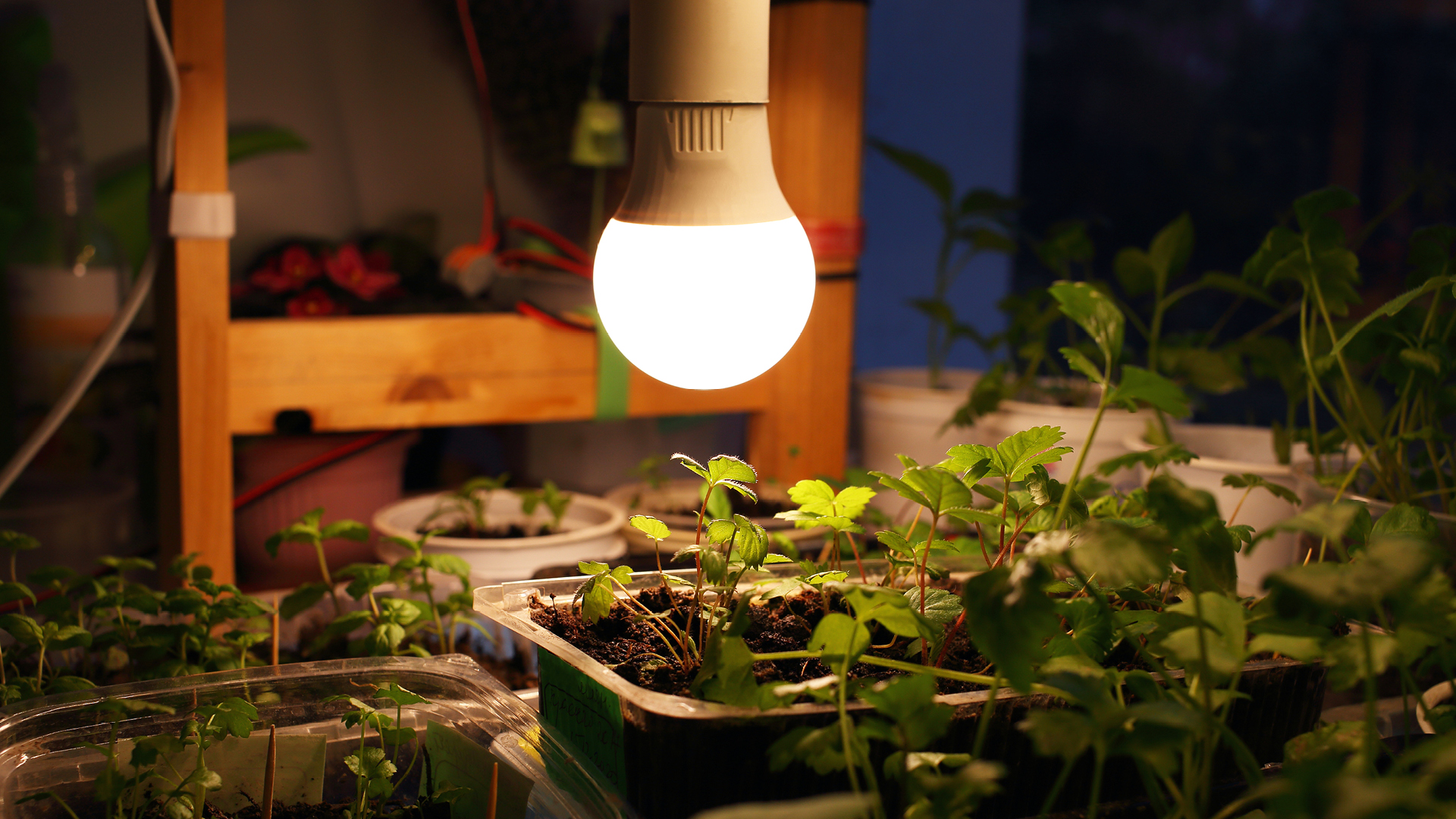
Almost time to sow!
If you decide to implement companion planting to your summer garden project, don’t forget that it’s almost planting time and already time to buy (or trade!) your seeds! Like every year, this is an opportunity to discover Canada’s ancient varieties and the passionate people who grow them by participating in seed festivals across the country.
Don’t miss out and have a fun companion planting in the garden!

Tree planting, Project Manager
Maribel Carol Aristizabal
Maribel believes that a transition to a more environmentally friendly and sustainable society is possible. She is interested in trees, their importance in ecosystems and the benefits they can bring to our society. In her free time, she loves to read a good book in the sun, discover new places with her camera or take a walk in the forest.
View all posts...Related posts :
Contact us
Earth Day Canada
5818, boulevard Saint-Laurent
Montréal (Québec) H2T 1T3 Canada
Phone : (514) 728-0116
Toll free : 1 800 424-8758
Fax : (514) 303-0248
Email: hello@earthday.ca
2025 © Earth Day Canada. All rights reserved.
Privacy policy · Terms of use · Trademark









